
The Wealth Accumulation Dynamics of Real Estate Tycoons
The wealth accumulation dynamics of real estate tycoons involve a unique blend of strategic investments, market timing, and risk management. These individuals build their fortunes

The wealth accumulation dynamics of real estate tycoons involve a unique blend of strategic investments, market timing, and risk management. These individuals build their fortunes
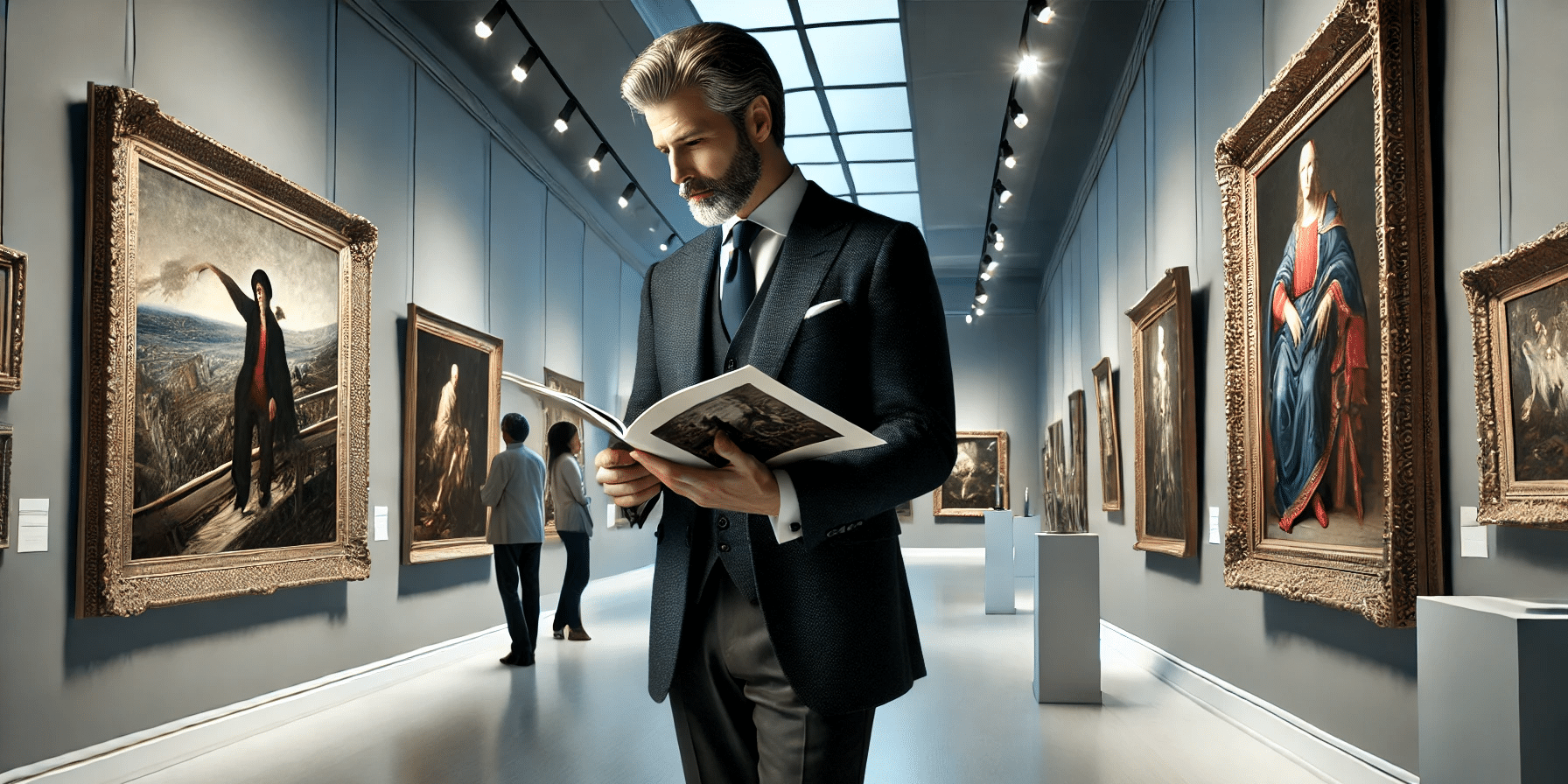
In the realm of art collecting, what was once a pursuit driven by passion and a desire for prestige has evolved into a recognized asset

Summer music festivals are a highlight of the season, bringing together music lovers, artists, and communities for a celebration of live performances and cultural experiences.

July is a month filled with anticipation and excitement for music lovers worldwide. As summer reaches its peak, the music industry gears up for one

Net worth is a crucial financial metric that represents the difference between what you own (assets) and what you owe (liabilities). Understanding how assets impact
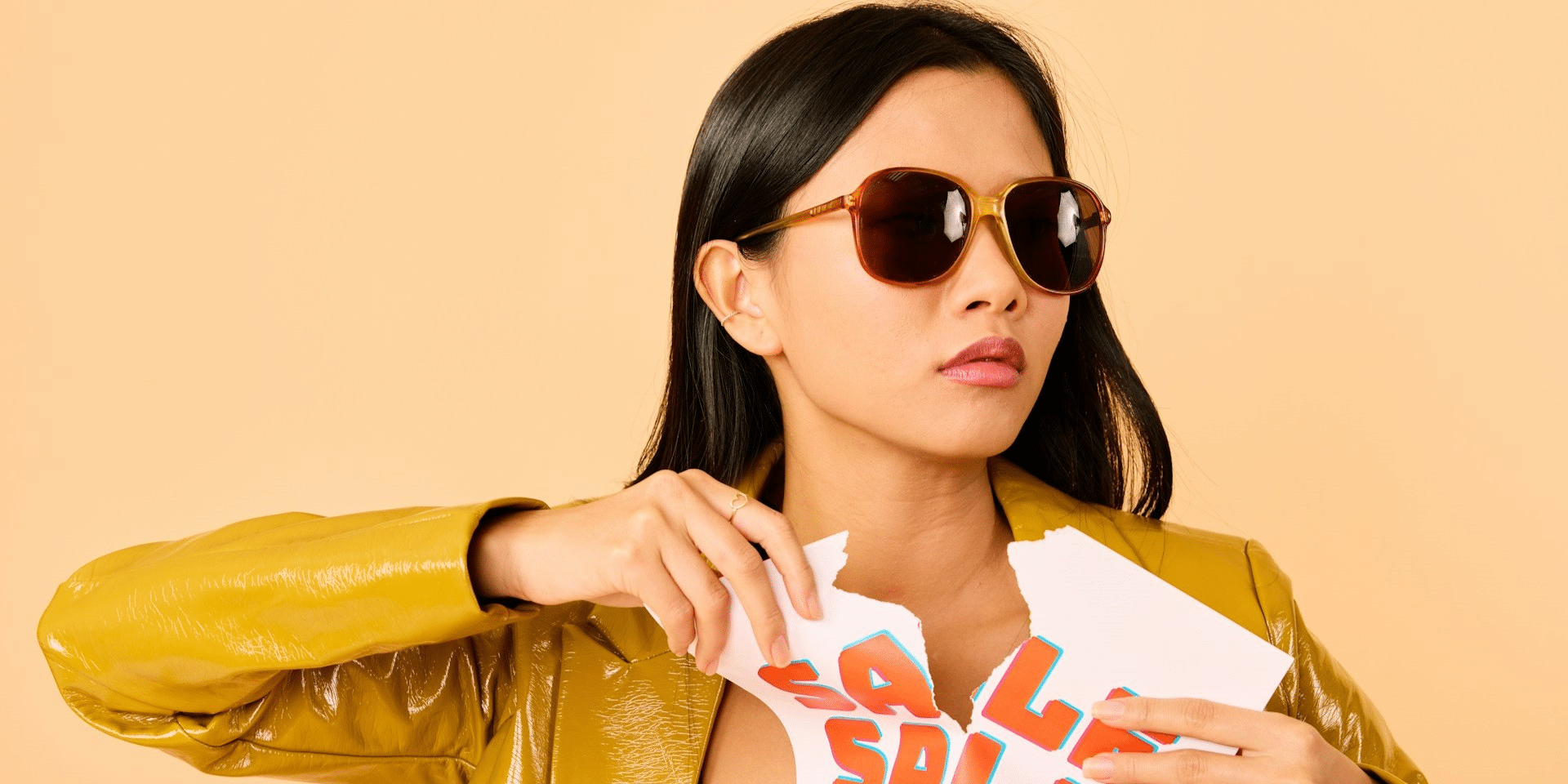
Sales and promotions are common strategies used by businesses to increase revenue. But do sales really boost revenue, or are there underlying factors that determine
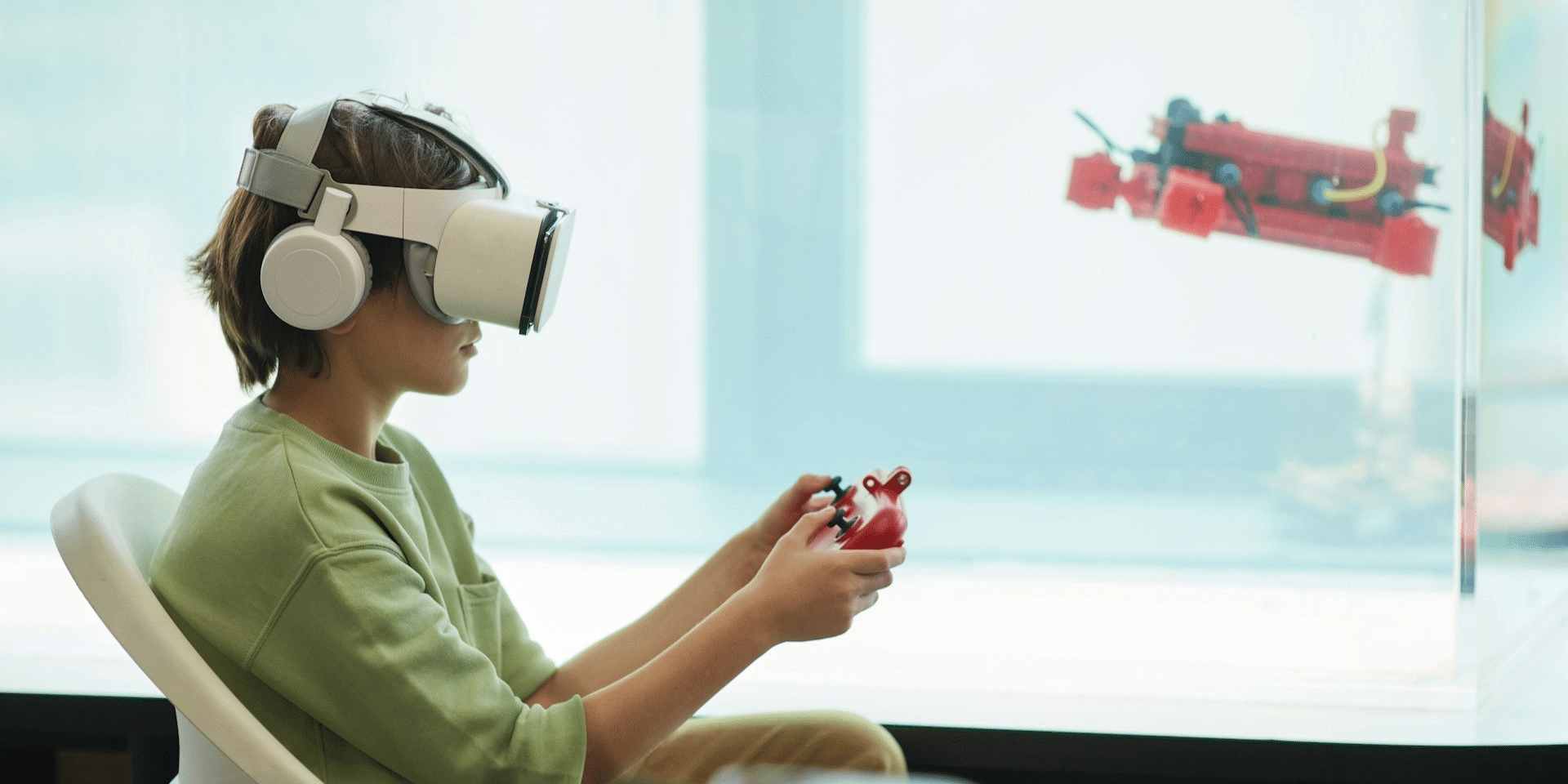
Game development studios have a significant impact on the entertainment industry and society as a whole. From creating immersive worlds and engaging stories to driving
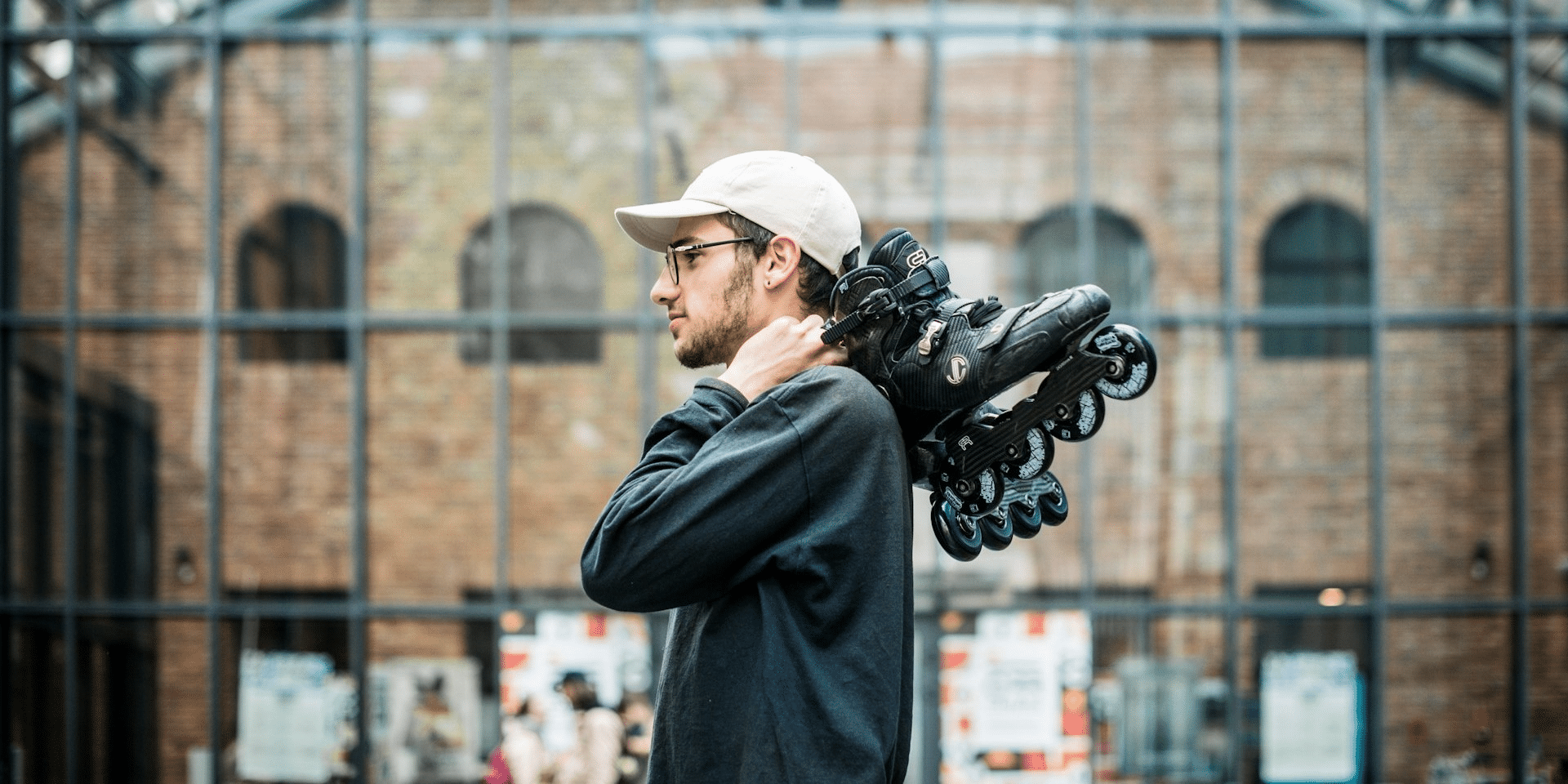
Roller derby, a fast-paced and exciting contact sport played on roller skates, has a dedicated fan base but has yet to achieve widespread popularity. Despite
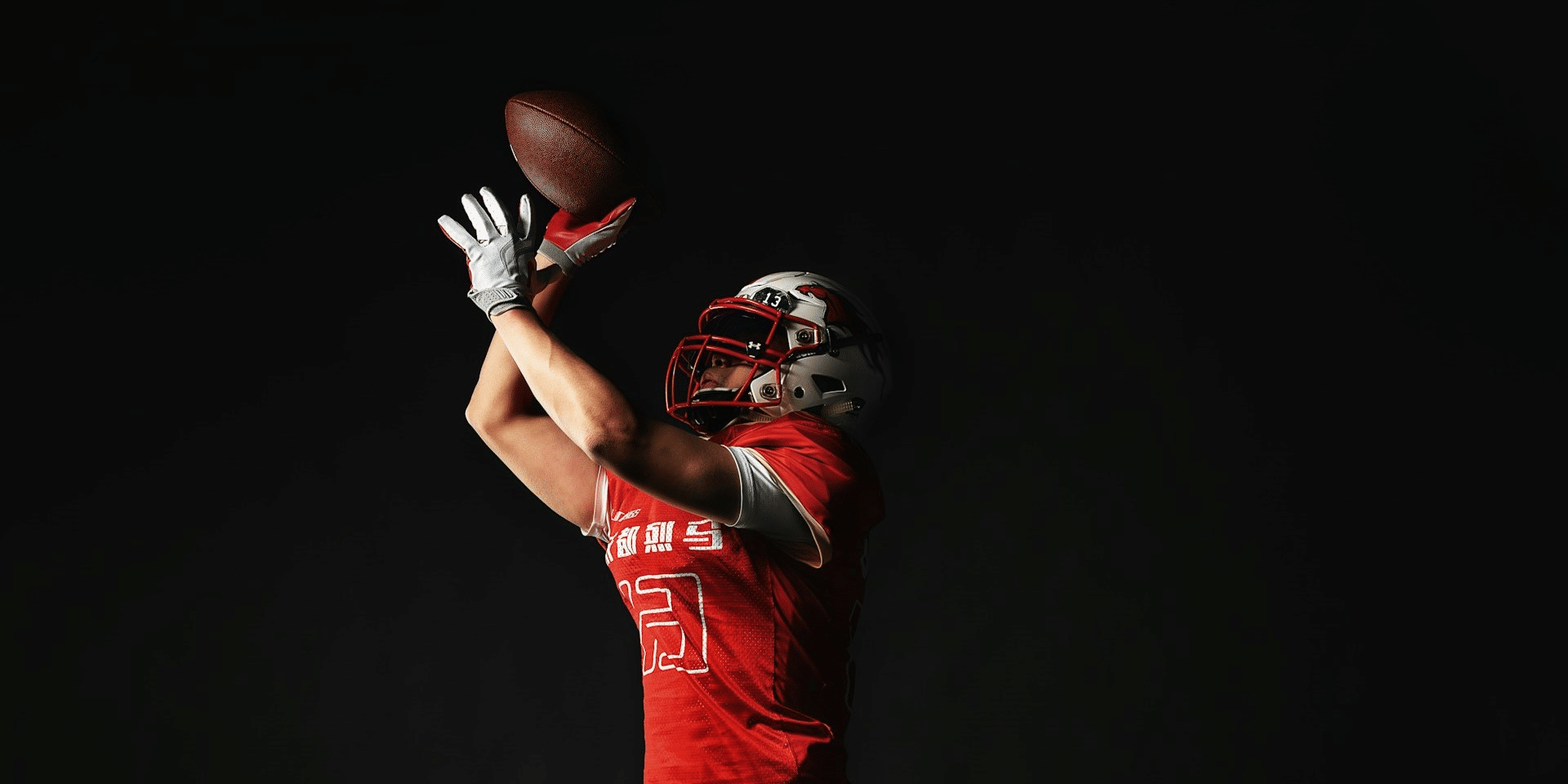
Football is one of the most popular sports in the world, known for its physical intensity and high-impact play. Given the nature of the game,

Knee injuries are among the most common and debilitating injuries in sports. Whether you’re a professional athlete or a weekend warrior, protecting your knees is